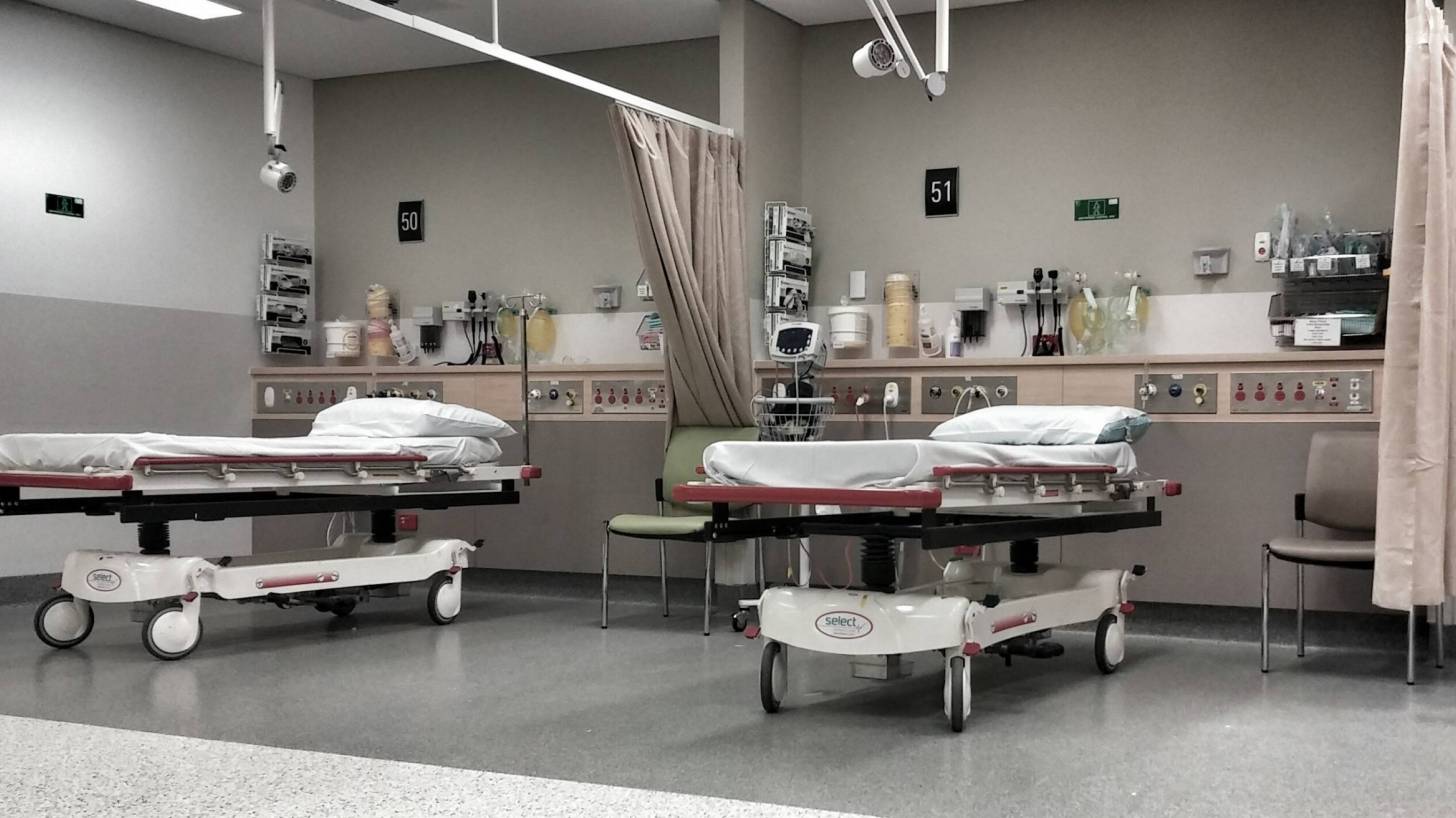Coronavirus Found Throughout Hospital Wards

A new study published early by the U.S. Centers for Disease Control and Prevention (CDC) found that air and object surfaces in hospital wards were widely contaminated with the SARS-CoV-2 coronavirus.
This new coronavirus causes COVID-19 disease in humans.
The results of this new study were published in the CDC’s July 2020 edition. The study’s focus was to determine the distribution of SARS-CoV-2 in hospital wards, in addition to the main transmission routes, which are respiratory droplets and close contact.
These researchers tested air and surface samples in 2 China-based hospitals and found the coronavirus contamination was greater in intensive care units than general wards.
And, the virus was widely distributed on floors, computer mice, trash cans, and sickbed handrails and was detected in air ≈4 m from patients.
These findings led to 3 conclusions by this research team, which are as follows:
- SARS-CoV-2 was widely distributed in the air and on object surfaces in both the ICU and GW, implying a potentially high infection risk for medical staff and other close contacts.
- The environmental contamination was greater in the ICU than in the GW; thus, stricter protective measures should be taken by medical staff working in the ICU.
- The SARS-CoV-2 aerosol distribution characteristics in the GW indicate that the transmission distance of SARS-CoV-2 might be 4 meters.
During the outbreak in China, the government ‘strove to the fullest extent possible’ to isolate all patients with suspected COVID-19 by actions such as constructing mobile cabin hospitals in Wuhan, which ensured that all patients with the suspected disease were cared for by professional medical staff and that virus transmission was effectively cut off from the rest of the hospital.
This study has 2 limitations.
- First, the results of the nucleic acid test do not indicate the amount of viable virus.
- Second, for the unknown minimal infectious dose, the aerosol transmission distance cannot be strictly determined.
Overall, ‘we found that the air and object surfaces in COVID-19 wards were widely contaminated by SARS-CoV-2. These findings can be used to improve safety practices,’ concluded these researchers.
Drs. Guo, Z.Y. Wang, and S.F. Zhang are researchers at the Academy of Military Medical Sciences, Academy of Military Sciences in Beijing, China. Their research interests are the detection, monitoring, and risk assessment of aerosolized pathogens. This work was financially supported by the National Major Research & Development Program of China.
Precision Vaccinations publishes SARS-CoV-2 news.
Our Trust Standards: Medical Advisory Committee

